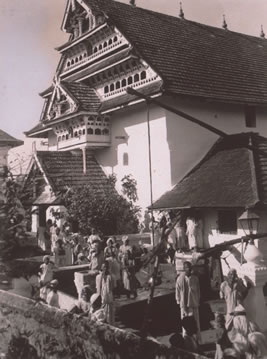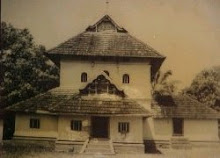We Indians are story-lovers. We were all, at one point or the other, children at our grandmother's feet, listening wide-eyed to her tales of days long gone. And if we love to hear stories, there are many among us who love to tell them as well. Nowhere is this truer than in the world of Indian languages. India abounds in storytellers who write in their mother tongue.
There are several reasons why such writers are special. The range of their stories is amazing. And they smell very real. It is as if we were back at grandmother's feet again.
Malayalam writer Vaikom Mohammed Basheer's stories take us to that magic world. Basheer wrote short stories, novels, skits and even an occasional play. The really unusual thing about his stories is that they are funny, but in a lingering sad way. Basheer wrote with great sympathy about Christians, Muslims and people of the lower castes in Kerala. His writings were very powerful for upon reading them people changed their opinion of the way various communities, like the Mappila Muslims of Malabar spoke Malayalam. It was earlier thought of as vulgar, but Basheer made it charming.
His style was open and simple. But above all, anyone reading his stories would immediately be able to imagine the picture in their minds. And his stories were full of sharp observation and fine details:
Me Grandad 'Ad an Elephant (1951) is one of Basheer's best works. It is the tale of the pretty, pampered Muslim girl Kunjupattumma whose rich granddad owned a big elephant.
Kunjupattumma was always beautifully dressed in silks and jewels, and had proposals of marriage coming to her one after another. She was lucky in all but one respect. She wasn't allowed to talk to her neighbours' children...
Basheer's writing style was such that it inspired an entire generation of visual artists. These artists went on to illustrate storybooks using his style.
Basheer was a tall, bald and lanky man with deep set eyes and a furrowed forehead. He was born on July 10, 1908, to a lower middle class Muslim family in Vaikom, a province in what was then the princely state of Travancore (now Kerala).
He led an interesting life full of events. As a teenager, he ran away from school to Malabar. The reason: he wanted to take part in the Indian freedom movement. He played an active role in the struggle and even went to jail for it.
Basheer was a great wanderer. He lived life as a beggar, porter and errand boy to support himself. Once, he even smuggled into a steamer and visited some Gulf countries. When he returned to his hometown he again jumped into the freedom movement. Prison became home several times again. This part of his life was to help him in his writing later: he described the misery of the prison in many stories.
One of his stories, 'Walls', was made into an acclaimed film by well-known Malayalam filmmaker, Adoor Gopalakrishnan some years ago.
After India gained independence in 1947, Basheer immersed himself fully in writing. His creativity was at its peak. But the Malayalam publishing scene was in a sad state. So he often starved. He kept on writing though, and was always encouraged by his numerous friends and admirers.
In 1950, his friends found for him the perfect soulmate in young Fatima Beevi. They married and settled down on the banks of river Beypore, in Kozhikode. They had one son and one daughter.
Basheer, who authored 34 books, died when he was over eighty. Many of his works have been translated into Indian and foreign languages. Translation has helped to spread Basheer's reputation as the master who raised Malayalam fiction to international standards.
He won many awards in his lifetime. But the greatest reward has been conferred on this great writer by fellow Malayali themselves. His characters and phrases are today a part of everyday Malayali conversation.
മുഖവുര
ഔദ്യോഗിക ജീവിതത്തിന്റെ ഭാഗമായി ഒരു ചരിത്രകാരൻ ഏതെങ്കിലും ഔദ്യോഗികമോ അനൗദ്യോഗികമോ ആയ സംവിധാനകളുടെ ഭാഗമായി നിന്ന് കൊണ്ട് ചരിത്ര രേഖകള് ശേഖരിക്കാൻ നടത്തുന്ന വലിയ ഒരു ഉധ്യമല്ല ഇതെന്ന് ആദ്യമേ പറയട്ടേ, മറിച്ചു ഒരു ചരിത്ര പ്രേമി തന്റെ മുന്തലമുറയെ കുറിച്ചുള്ള എളിയ അന്വഷനതിന്റെ ഭാഗമായി പലയിടത്തതായി ചിതറി കിടന്നു കിട്ടിയ അപ്പൂര്വ്വം ചില രേഖകലും ചിത്രങ്ങളും ഇവിടെ പങ്കു വെക്കുക മാത്രമാണ്.
സര്ക്കാർ സംവിധാനങ്ങളുടെ അപര്യാപ്തദയോ അവഗണനയോ എന്നു പറഞ്ഞു കൂടാ പലപ്പോഴും ഇത്തരം രേഘകള് കാലത്തോടൊപ്പം മറഞ്ഞു പോകുന്നതുമൂലം പുതു തലമുറയ്ക്ക് അപ്രപ്യമാണ്,
സാമൂഹ്യ-നാഗരിക ചരിത്ര ശേഷിപ്പുകൾ നില നിറുത്തുന്നതിലും കൈമാറുന്നതിലും നമ്മുടെ ശ്രദ്ധക്കുറവും വലിയൊരു കാരണം തന്നെയാണ്.
തീർത്തും യാദൃക്ഷികമായി ഒരു യാത്രക്കിടെ ലഭിച്ച വിദേശ വാരികയില് കണ്ട പൊന്നാനി പള്ളിയുടെയും, കോഴിക്കോട് മിശ്ക്കാള് പള്ളിയുടെയും 1935 ലേ ചിത്ര സഹിതമുള്ള ചരിത്ര വിവരണമാണ് എന്നെ ഇത്തരം ഒരു എളിയ ശ്രമത്തിനു പ്രേരിപ്പിച്ചതും താത്പര്യം വര്ധിപ്പിച്ചതും, അത് രണ്ടും ഇവിടെ പ്രസിദ്ധീകരിച്ചിട്ടുമുണ്ട്.
ഈ ശ്രമത്തിനു എല്ലാ തരത്തിലുള്ള സഹായവും നിങ്ങള്ക്ക് ലഭ്യമായ ചരിത്ര രേഘകള് കൈമാറിക്കൊണ്ടു സഹായിക്കുമെന്ന് പ്രതീക്ഷിക്കുന്നു.
സൈനുദ്ധീന്
ചെറുവണൂര്
Thursday, March 11, 2010
വൈക്കോം മുഹമ്മദ്ബഷീര്
We Indians are story-lovers. We were all, at one point or the other, children at our grandmother's feet, listening wide-eyed to her tales of days long gone. And if we love to hear stories, there are many among us who love to tell them as well. Nowhere is this truer than in the world of Indian languages. India abounds in storytellers who write in their mother tongue.
There are several reasons why such writers are special. The range of their stories is amazing. And they smell very real. It is as if we were back at grandmother's feet again.
Malayalam writer Vaikom Mohammed Basheer's stories take us to that magic world. Basheer wrote short stories, novels, skits and even an occasional play. The really unusual thing about his stories is that they are funny, but in a lingering sad way. Basheer wrote with great sympathy about Christians, Muslims and people of the lower castes in Kerala. His writings were very powerful for upon reading them people changed their opinion of the way various communities, like the Mappila Muslims of Malabar spoke Malayalam. It was earlier thought of as vulgar, but Basheer made it charming.
His style was open and simple. But above all, anyone reading his stories would immediately be able to imagine the picture in their minds. And his stories were full of sharp observation and fine details:
Me Grandad 'Ad an Elephant (1951) is one of Basheer's best works. It is the tale of the pretty, pampered Muslim girl Kunjupattumma whose rich granddad owned a big elephant.
Kunjupattumma was always beautifully dressed in silks and jewels, and had proposals of marriage coming to her one after another. She was lucky in all but one respect. She wasn't allowed to talk to her neighbours' children...
Basheer's writing style was such that it inspired an entire generation of visual artists. These artists went on to illustrate storybooks using his style.
Basheer was a tall, bald and lanky man with deep set eyes and a furrowed forehead. He was born on July 10, 1908, to a lower middle class Muslim family in Vaikom, a province in what was then the princely state of Travancore (now Kerala).
He led an interesting life full of events. As a teenager, he ran away from school to Malabar. The reason: he wanted to take part in the Indian freedom movement. He played an active role in the struggle and even went to jail for it.
Basheer was a great wanderer. He lived life as a beggar, porter and errand boy to support himself. Once, he even smuggled into a steamer and visited some Gulf countries. When he returned to his hometown he again jumped into the freedom movement. Prison became home several times again. This part of his life was to help him in his writing later: he described the misery of the prison in many stories.
One of his stories, 'Walls', was made into an acclaimed film by well-known Malayalam filmmaker, Adoor Gopalakrishnan some years ago.
After India gained independence in 1947, Basheer immersed himself fully in writing. His creativity was at its peak. But the Malayalam publishing scene was in a sad state. So he often starved. He kept on writing though, and was always encouraged by his numerous friends and admirers.
In 1950, his friends found for him the perfect soulmate in young Fatima Beevi. They married and settled down on the banks of river Beypore, in Kozhikode. They had one son and one daughter.
Basheer, who authored 34 books, died when he was over eighty. Many of his works have been translated into Indian and foreign languages. Translation has helped to spread Basheer's reputation as the master who raised Malayalam fiction to international standards.
He won many awards in his lifetime. But the greatest reward has been conferred on this great writer by fellow Malayali themselves. His characters and phrases are today a part of everyday Malayali conversation.
There are several reasons why such writers are special. The range of their stories is amazing. And they smell very real. It is as if we were back at grandmother's feet again.
Malayalam writer Vaikom Mohammed Basheer's stories take us to that magic world. Basheer wrote short stories, novels, skits and even an occasional play. The really unusual thing about his stories is that they are funny, but in a lingering sad way. Basheer wrote with great sympathy about Christians, Muslims and people of the lower castes in Kerala. His writings were very powerful for upon reading them people changed their opinion of the way various communities, like the Mappila Muslims of Malabar spoke Malayalam. It was earlier thought of as vulgar, but Basheer made it charming.
His style was open and simple. But above all, anyone reading his stories would immediately be able to imagine the picture in their minds. And his stories were full of sharp observation and fine details:
Me Grandad 'Ad an Elephant (1951) is one of Basheer's best works. It is the tale of the pretty, pampered Muslim girl Kunjupattumma whose rich granddad owned a big elephant.
Kunjupattumma was always beautifully dressed in silks and jewels, and had proposals of marriage coming to her one after another. She was lucky in all but one respect. She wasn't allowed to talk to her neighbours' children...
Basheer's writing style was such that it inspired an entire generation of visual artists. These artists went on to illustrate storybooks using his style.
Basheer was a tall, bald and lanky man with deep set eyes and a furrowed forehead. He was born on July 10, 1908, to a lower middle class Muslim family in Vaikom, a province in what was then the princely state of Travancore (now Kerala).
He led an interesting life full of events. As a teenager, he ran away from school to Malabar. The reason: he wanted to take part in the Indian freedom movement. He played an active role in the struggle and even went to jail for it.
Basheer was a great wanderer. He lived life as a beggar, porter and errand boy to support himself. Once, he even smuggled into a steamer and visited some Gulf countries. When he returned to his hometown he again jumped into the freedom movement. Prison became home several times again. This part of his life was to help him in his writing later: he described the misery of the prison in many stories.
One of his stories, 'Walls', was made into an acclaimed film by well-known Malayalam filmmaker, Adoor Gopalakrishnan some years ago.
After India gained independence in 1947, Basheer immersed himself fully in writing. His creativity was at its peak. But the Malayalam publishing scene was in a sad state. So he often starved. He kept on writing though, and was always encouraged by his numerous friends and admirers.
In 1950, his friends found for him the perfect soulmate in young Fatima Beevi. They married and settled down on the banks of river Beypore, in Kozhikode. They had one son and one daughter.
Basheer, who authored 34 books, died when he was over eighty. Many of his works have been translated into Indian and foreign languages. Translation has helped to spread Basheer's reputation as the master who raised Malayalam fiction to international standards.
He won many awards in his lifetime. But the greatest reward has been conferred on this great writer by fellow Malayali themselves. His characters and phrases are today a part of everyday Malayali conversation.
Subscribe to:
Posts (Atom)
Vasco Da Gama meting the King (Zamorin) of Calicut (Kozhikode) after landing at Kappad Beach in Cal
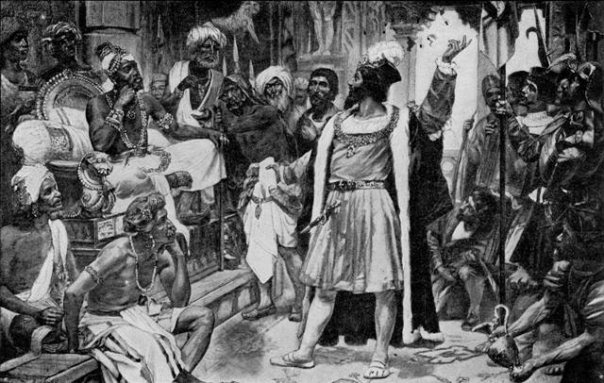+of+Calicut+(Kozhikode)+after+landing+at+Kappad+Beach+in+Calicut+(Kozhikode)..bmp)
Malabar Muslim
mappila ramayanam
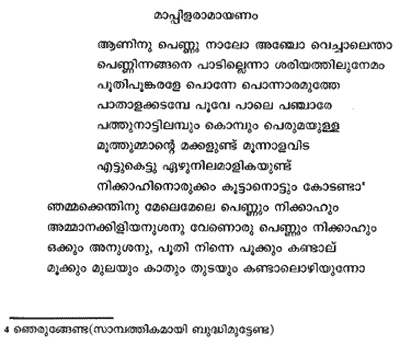

Avarana muttu ("Rebana") is a group performance popular among the the Malabaris. They sing songs which are often a tribute to martyrs and heroes accompanied by the Avarana. It is often sung in welcoming the newly-weds and distinguished guests.
The Calicut (Kozhikode) coast in 1572, it was bustling with trade activities.
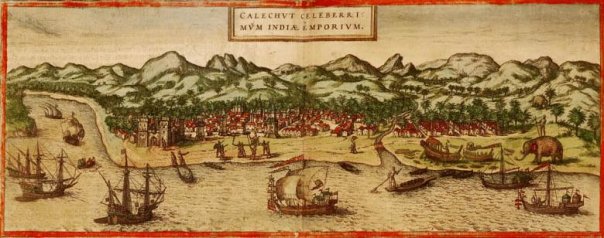+coast+in+1572,+it+was+bustling+with+trade+activities..jpg)
Malabar Map
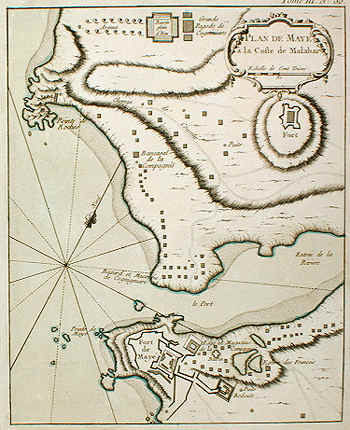
Pookottur
Mappila Man,1910
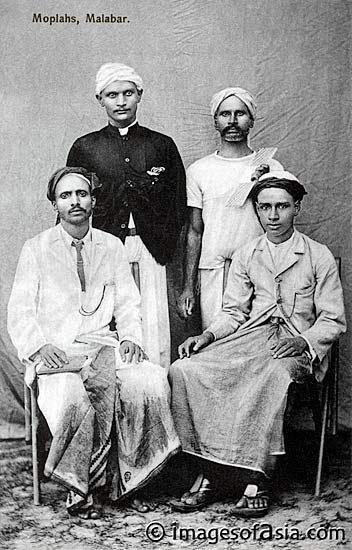
The Malabar Muslims are one of the earliest group to profess Islam in the Indian subcontinent. Unlike the rest of India where Islam gained foothold through conquest via land form the neighboring countries, the Malabar coast received Islam directly form Arabia via the sea trade. History tells us that Islam may have reached the shores of Malabar during the life time of Nabi Muhammad s.a.w. himself. Malabar was also then in contact with the traders and missionaries especially from Yemen who helped spread to shape and spread Islam in Malabar. Since Kerala is separated by the Ghats form the rest of India, Islam grew in partial isolation from the rest of India yet in contact with the rest of the Islamic world such as Arabia and South East Asia through trade. As such certain differences can be observed in the way Islam is practiced. While in most of the Indian subcontinent the Hanafi Mazhab is observed, in Kerala, like in Malaysia the Shafie Mazhab is observed. This is not surprising as the Malabaris were part of the 'team' spreading Islam to South East Asia
Tipu Sultan (1750 - 1799) was the ruler of the Indian Kingdom of Mysore from 1782 until his own de
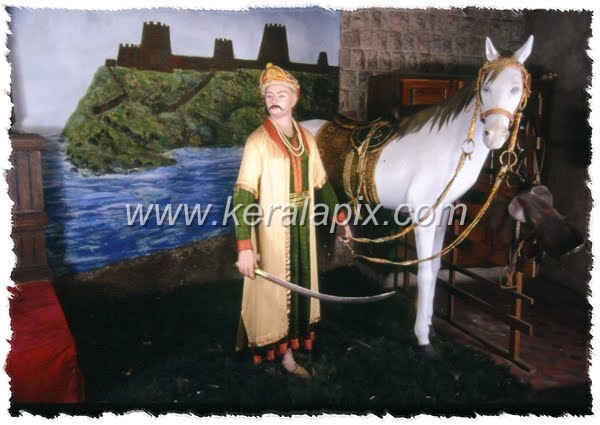++was+the+ruler+of+the+Indian+Kingdom+of+Mysore+from+1782+until+his+own+death+in+1799..jpg)
The Calicut (Kozhikode) railway station in 1901, how it has changed now has to be seen to be believ
+railway+station+in+1901,+how+it+has+changed+now+has+to+be+seen+to+be+believed..bmp)
Vasco da Gama (1469 - 1524). was a Portuguese explorer, one of the most successful in the European
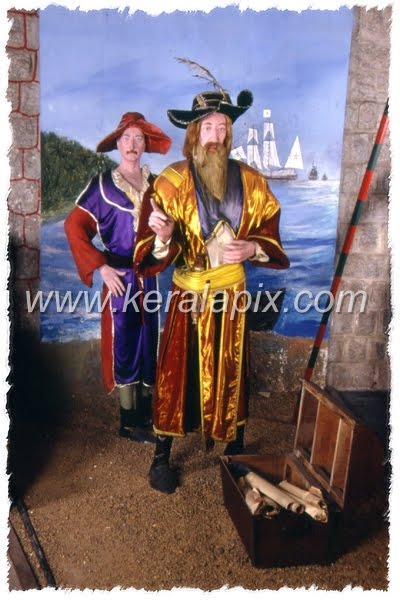.+was+a+Portuguese+explorer,+one+of+the+most+successful+in+the+European+Age+of+Discovery+and+the+commander+of+the+first+ships+to+sail+directly+from+Europe+to+India..jpg)
The Mananchira pond as seen in this vintage photo from 1901, it still stands being one of the main
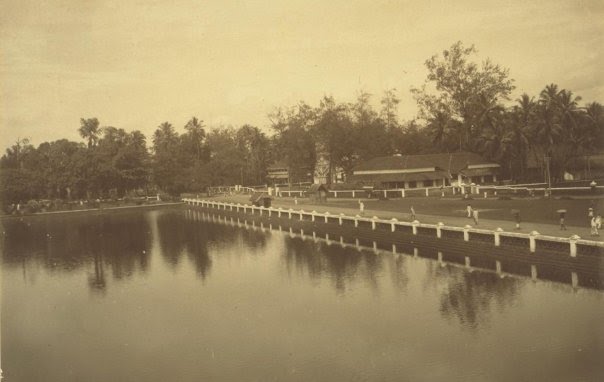
cALCUT bEACH
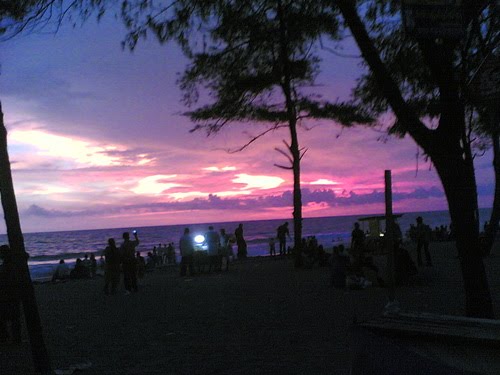
first masjid in indai
The same Calcut (Kozhikode) coast in 1813, the Arabs,the Chinese,the Portugese,the British,all of t
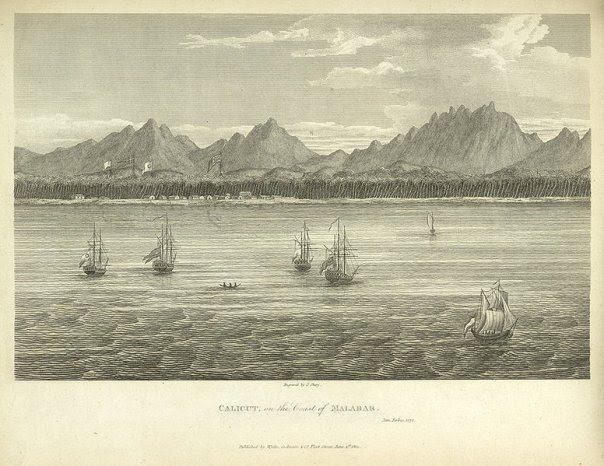+coast+in+1813,+the+Arabs,the+Chinese,the+Portugese,the+British,all+of+them+were+coming+here+for+trade+activities..bmp)
Arakkal Museum
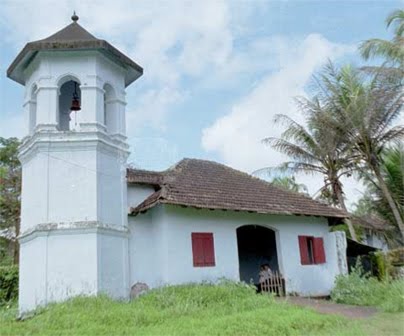
Tellichery Mosque

"Mopla mosque. This is situated at the opposite end of the open space in photograph no. 42 Tellicherry [sic]." 1855-07-05/1860-05-31 The Mopla mosque directly opposite the european dwellings at the other end of the open space by the sea." (C.G. Richter's 3. Quarterly report d. 06.10.1860). [photographer] Richter, Christian Georg (Mr)
Oppana
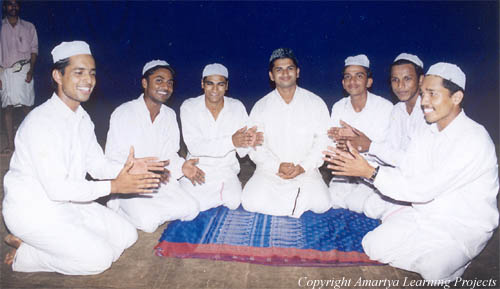
The Malabaris discovered melodious tunes in which to display their poetic talents. To conform to the rhyme and rhythm of the poetic creations, they freely borrowed words from the other languages. The songs are known are 'Mapilla pattu'( the Mappila songs). Modern Malayalam poets of standing have since been attracted by these melodious tunes and have started employing them in their poetic creations.
ANCIENT TRADE CENTRE OF MALABAR

Kunjali Marakkar (1507 - 1600). Mohammed Kunjali Marakkar was the Muslim naval head of the Samoothi

Mappila woman,1910

A picture of female members of a mappila family
MISQAL MASJID
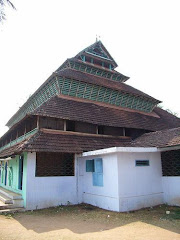
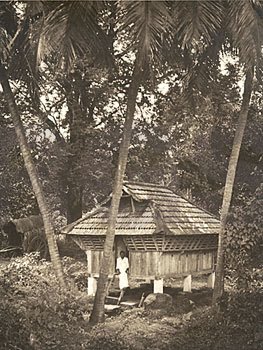
A small mosque in South Malabar - South India1936

malabar masjid,malaysia2001
FEROKE

